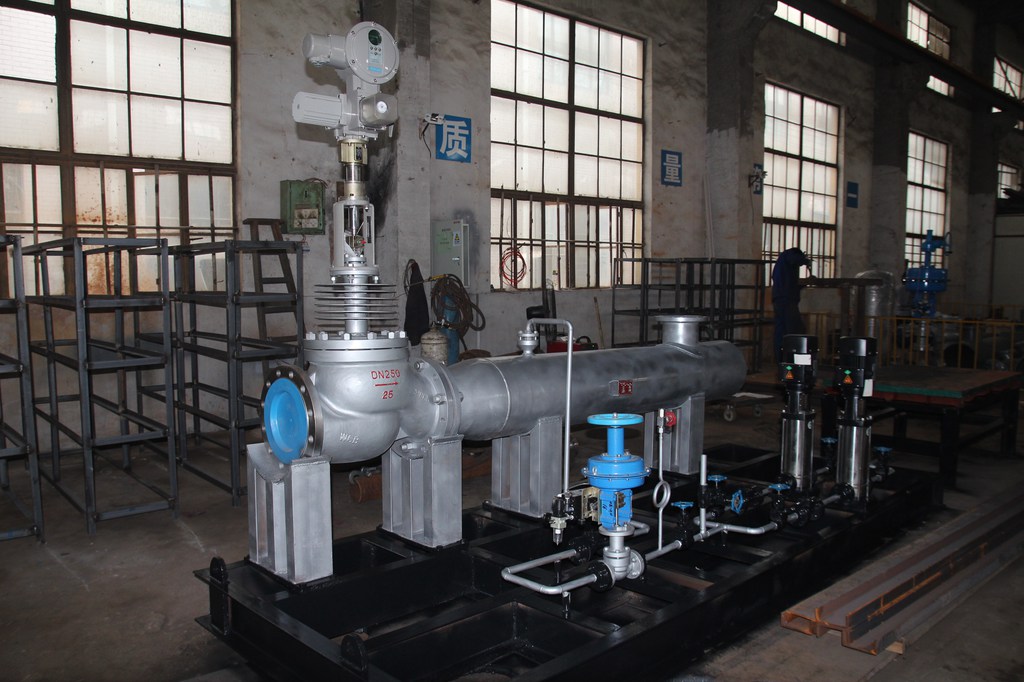The main reason for reducing steam pressure is rather fundamental. Every item of steam using equipment has a maximum allowable working pressure. If this is lower than the steam supply pressure, a desuperheater (pressure reducing valve) must be employed to limit the supply pressure to the maximum allowable working pressure. In the event that the pressure reducing valve should fail, a safety valve must also be incorporated into the system.

Most steam boilers are designed to work at relatively high pressures and should not be run at lower pressures, since wet steam is likely to be produced. For this reason, it is usually more economic in the long term to produce and distribute steam at a higher pressure, and reduce upstream pressure of any items of plant designed to operate at a lower pressure.
This type of arrangement has the added advantage that relatively smaller distribution mains can be used due to the relatively small volume occupied by steam at high pressure.
Since the temperature of saturated steam is closely related to its pressure, control of pressure can be a simple but effective method of providing accurate temperature control.